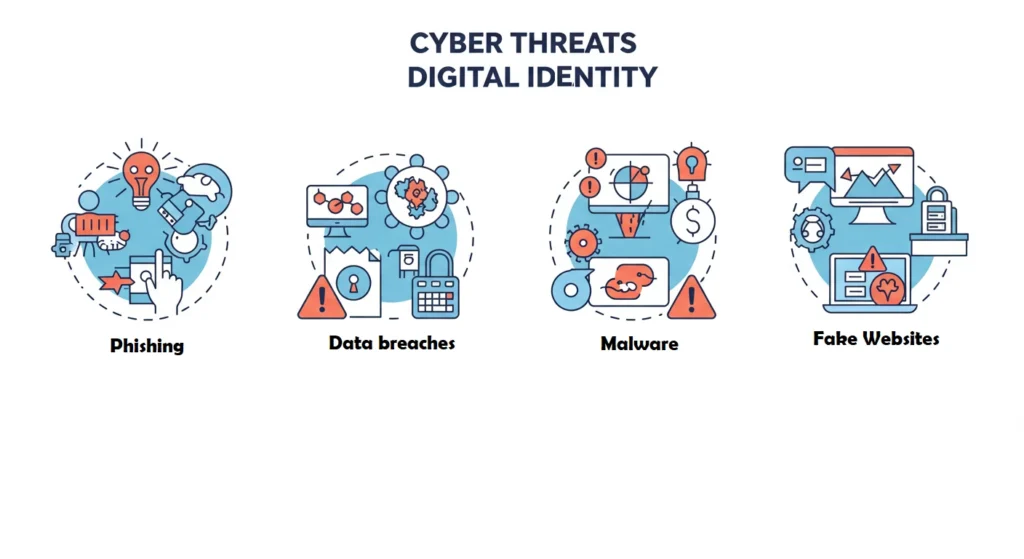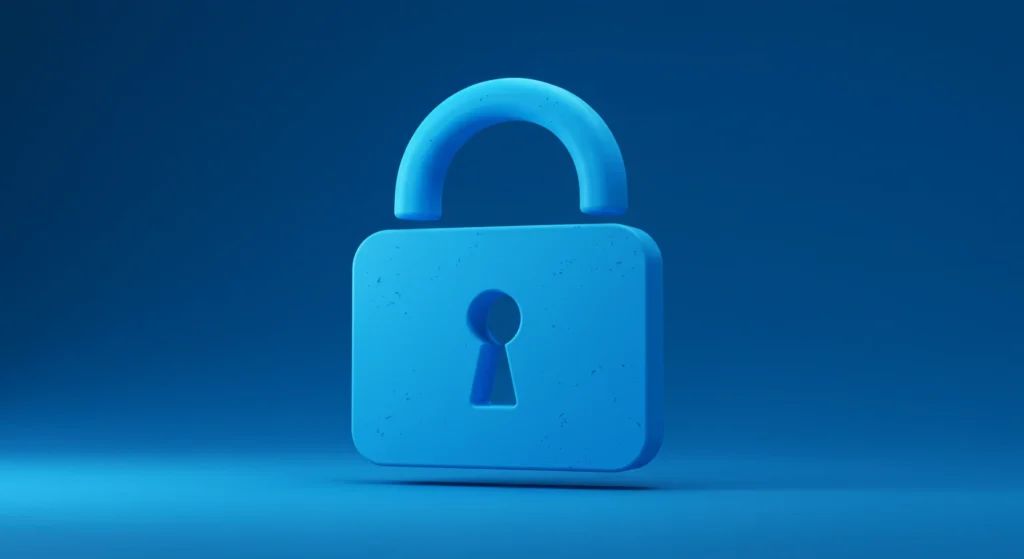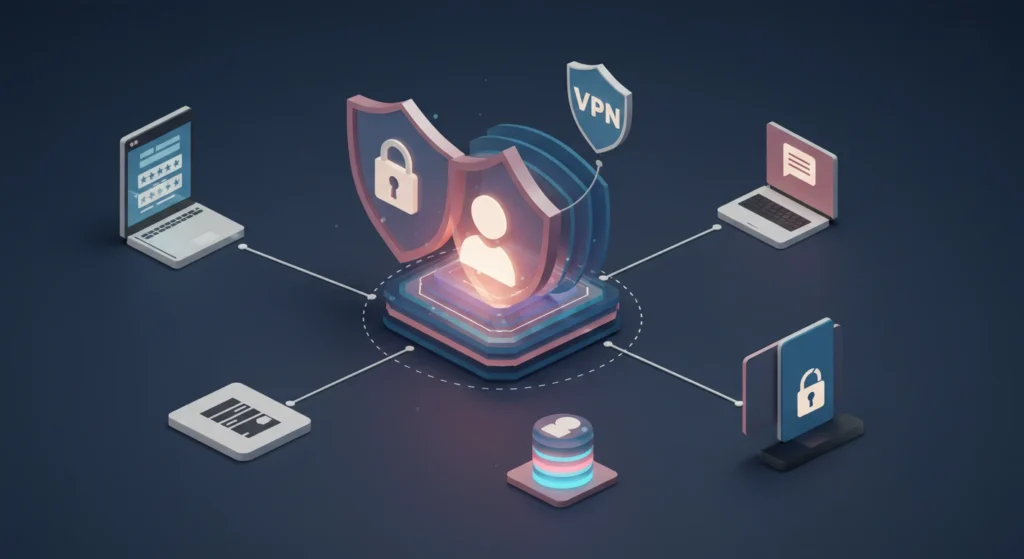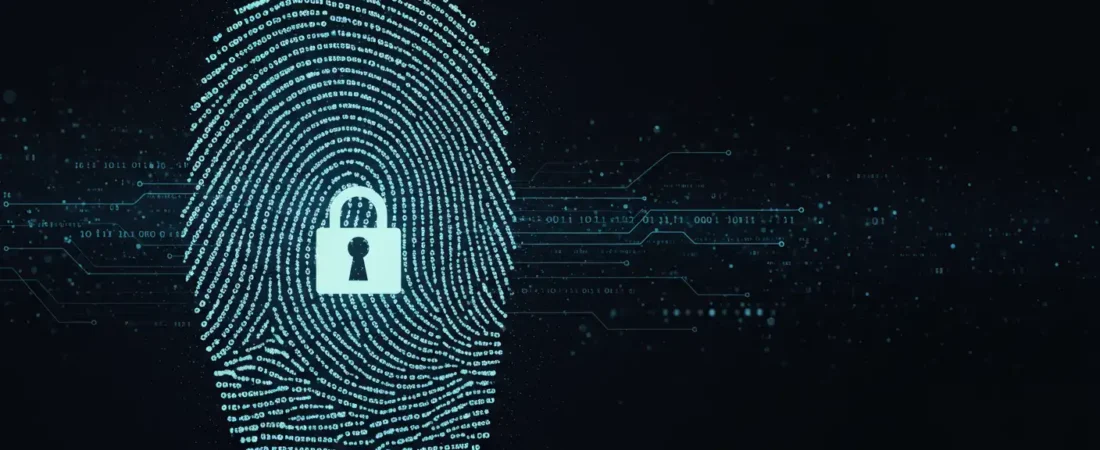Digital Identity and Why It Matters
In today’s hyperconnected world, our digital identity has become as important as our physical one. From social media accounts to online banking, healthcare portals, and cloud storage, your personal data is everywhere. But while convenience increases, so does vulnerability. Digital identity theft is no longer a rare event it’s a widespread threat affecting individuals, corporations, and governments alike.
Your digital identity includes usernames, passwords, credit card information, social security numbers, browsing history, personal preferences, and even biometric data. Consequently, this information is constantly collected, stored, and analyzed by websites, apps, and devices, creating a detailed profile of who you are. If this data falls into the wrong hands, the consequences can be devastating: identity theft, financial fraud, social engineering attacks, and reputational damage.
A strong digital identity protection strategy is no longer optional it’s essential. Therefore, by taking proactive steps, you can safeguard your online presence and reduce the risk of being exploited. This guide will walk you through best practices and tools to keep your digital footprint secure.
Important Note on Artificial Intelligence and Digital Identity
“One increasingly vulnerable asset in such attacks is identity, as hackers weaponize AI to quickly take over accounts…” — Forbes, source
Common Threats to Your Digital Identity

Understanding the threats is the first step in protecting yourself. Cybercriminals are constantly evolving their techniques to exploit weaknesses in digital systems. To begin with, here are the most common threats to your digital identity:
1. Phishing Attacks
Phishing is a type of social engineering where attackers pose as trusted entities to trick you into giving away sensitive data like login credentials or credit card numbers. For example, these attacks usually come via email, SMS (smishing), or even voice calls (vishing).
2. Data Breaches
When a company’s database is hacked, your stored data like your password, email, or even biometric information can be leaked on the dark web. Moreover, even large, secure platforms have experienced such breaches.
3. Credential Stuffing
This is when attackers use stolen login details from one breach to try to access other platforms where users may have reused passwords. It’s highly effective due to poor password hygiene.
4. Malware and Keyloggers
Malware can track your activity, steal passwords, record keystrokes, or even take over your device. Keyloggers are particularly dangerous as they silently capture everything you type.
5. Fake Apps and Websites
Fraudulent sites and applications mimic trusted services to trick you into entering personal information. Consequently, they often look nearly identical to the real ones, making them hard to detect.
Impact of Deepfakes on Digital Identity Theft
“Generative AI has drastically lowered the barrier for scammers to produce convincing deepfakes… Financial institutions face $40 billion losses by 2027.” — Business Insider, source
Best Practices for Protecting Your Digital Identity

Digital identity protection starts with habits. Implementing strong, consistent best practices is the cornerstone of safeguarding your personal information in today’s interconnected world. Every small action you take online can either increase your vulnerability or strengthen your defenses. By adopting a proactive mindset and following proven strategies, you significantly reduce your exposure to cyber threats such as identity theft, data breaches, and phishing attacks.
Below, we outline essential best practices that, when consistently applied, dramatically improve your digital identity protection. Ultimately, each step empowers you to take control, minimize risks, and build a safer online experience for yourself and those who rely on your information.
1. Use Strong and Unique Passwords
Every account should have a unique password with a mix of uppercase, lowercase, numbers, and special characters. Avoid common passwords like “123456” or “password”. For greater security, use a password manager to generate and store secure passwords.
2. Enable Two-Factor Authentication (2FA)
2FA adds a second layer of security. Even if someone steals your password, they can’t access your account without the second factor, which can be an SMS code, app notification, or biometric scan.
3. Be Cautious with Public Wi-Fi
Avoid accessing sensitive accounts on public Wi-Fi. If necessary, use a VPN (Virtual Private Network) to encrypt your connection and prevent snooping.
4. Regularly Monitor Your Accounts
Set up alerts for unusual activity. For example, review your bank statements, email login history, and cloud storage access logs. The sooner you spot something suspicious, the faster you can respond.
5. Keep Software and Systems Updated
Regular updates patch security vulnerabilities. Moreover, always install updates for your operating system, browser, and apps.
6. Limit Information Shared Online
Avoid oversharing on social media. Public information like your birthday, address, or pet’s name can be used in password guessing or identity theft.
Importance of Comprehensive Security Solutions for Digital Identity Theft
“A complete identity security solution is no longer a nice to have, it’s a need to have. With the use of AI, malicious actors are generating hyper‑realistic deepfakes and sophisticated phishing campaigns…” — Roy Akerman, Silverfort, source
Digital Identity Tools and Technologies to Secure Your Information

Protecting your digital identity requires more than just awareness it demands the use of the right tools and technologies designed to safeguard your personal data against increasingly sophisticated cyber threats. Indeed, in today’s AI-driven world, where hackers leverage advanced methods to breach accounts and steal information, relying solely on good habits is not enough.
To help you get started, below, we highlight the most effective tools and services available today that can bolster your digital identity protection, from password managers to identity theft monitoring platforms, enabling you to maintain greater control and confidence over your online presence.
1. Password Managers
Tools like LastPass, Bitwarden, and 1Password store your passwords in a secure vault and auto-fill them across devices. They also help generate complex, unique passwords.
2. Virtual Private Networks (VPNs)
VPNs encrypt your internet traffic and hide your IP address. This is crucial when accessing the web from public networks or protecting yourself from data harvesting.
3. Digital Identity Theft Monitoring Services
Platforms like LifeLock, Aura, or Norton 360 scan the dark web for your personal data, monitor financial transactions, and alert you to suspicious activity.
4. Encrypted Communication Apps
Use messaging apps that offer end-to-end encryption, such as Signal, Telegram, or WhatsApp, to protect your conversations from being intercepted.
5. Secure Cloud Storage
Platforms like Sync.com or Tresorit offer zero-knowledge encryption, meaning even the provider can’t access your files. Additionally, this adds an extra layer of protection for your personal documents.
6. Multi-Factor Authentication (MFA) Apps
Apps like Google Authenticator or Authy generate time-based codes for logging into accounts, providing extra security beyond SMS codes.
How to Respond to Digital Identity Theft

Identity theft can be a terrifying and overwhelming experience. Unfortunately, even the most vigilant individuals can fall victim to this crime, which can disrupt your financial stability, damage your credit, and cause long-term personal and professional harm. However, the way you respond immediately after discovering identity theft plays a crucial role in minimizing damage and regaining control over your digital identity. To begin with, below is a comprehensive step-by-step guide to effectively respond to identity theft.
Recognizing the Signs of Digital Identity Theft
Before you can respond, it’s important to recognize the signs that your identity may have been compromised. These signs can include unexpected charges on your bank or credit card statements, receiving bills for services you did not use, alerts from your bank or credit monitoring services, or being denied credit unexpectedly. If you notice any suspicious activity, take it seriously and act quickly.
Step 1: Change Your Passwords Immediately
Once you suspect identity theft, the first action is to change the passwords on all your accounts, especially your most sensitive ones such as email, banking, social media, and healthcare portals. Use strong, unique passwords for each account and consider using a reputable password manager to generate and store these passwords securely.
It’s essential to enable two-factor authentication (2FA) on all accounts that offer it. 2FA adds a critical extra layer of security by requiring a second verification step, like a text message code or biometric scan, which significantly reduces the risk of unauthorized access.
Step 2: Freeze Your Credit and Accounts
Freezing your credit is one of the most effective ways to prevent criminals from opening new lines of credit in your name. Contact the three major credit bureaus Equifax, TransUnion, and Experian to request a credit freeze or place a fraud alert on your credit reports. This will notify lenders to verify your identity before issuing credit.
Additionally, notify your bank, credit card issuers, and other financial institutions immediately to freeze or closely monitor your accounts. Some banks offer temporary holds or enhanced fraud protection measures when identity theft is suspected.
Step 3: Report the Crime to Authorities
Filing an official report with law enforcement is crucial for both legal and recovery processes. Report the identity theft to your local police department and keep copies of the police report. This documentation will be useful when dealing with financial institutions or disputing fraudulent charges.
In the United States, it is also important to report the crime to the Federal Trade Commission (FTC). The website provides personalized recovery plans and resources to guide victims through the recovery process.
Similarly, for other countries, seek out the equivalent government cybersecurity or consumer protection agencies and report the incident promptly.
Step 4: Contact Your Financial Institutions and Creditors
Reach out directly to any banks, credit card companies, or other financial institutions involved. Inform them of the fraudulent activity and follow their procedures to dispute charges, close compromised accounts, and open new ones if necessary.
Request written confirmation of your fraud report and follow up regularly. In addition, many institutions have dedicated fraud departments to assist victims and expedite resolution.
Step 5: Monitor Your Credit and Financial Accounts Closely
After reporting the theft and taking initial actions, ongoing vigilance is essential. Sign up for credit monitoring or identity theft protection services such as LifeLock, Aura, or Norton 360. These services scan the dark web, public records, and credit reports for suspicious activity, alerting you immediately if your information is being misused.
Review your bank and credit card statements frequently, check your credit reports at least annually, and watch for any new accounts or inquiries you did not initiate.
Step 6: Secure Your Personal Information and Devices
Ensure that your devices (computers, smartphones, tablets) are secure by installing updated antivirus software and firewalls. Be cautious about the personal information you share online, particularly on social media platforms, which can provide data for identity thieves.
Consider changing security questions on your accounts to answers that are difficult to guess or publicly available. Enable biometric protections such as fingerprint or facial recognition where possible.
Step 7: Inform Your Employer and Other Relevant Institutions
If your workplace or professional accounts have been compromised, notify your employer’s IT or security department. They can assist in securing corporate accounts and preventing the spread of the breach.
Similarly, inform schools, healthcare providers, or any institutions where your identity is linked to prevent further unauthorized access.
Step 8: Understand Your Rights and Legal Options
Victims of identity theft have rights under various laws designed to protect them. For instance, in the U.S., the Fair Credit Reporting Act (FCRA) gives you the right to dispute inaccurate information on your credit report. You may also be eligible for victim compensation or legal assistance.
Consult consumer protection agencies or legal counsel to understand your rights and to take further action if necessary.
The Emotional Toll and Support Resources
Identity theft can also cause significant stress and anxiety. Don’t hesitate to seek support from trusted friends, family, or professional counselors. Some organizations offer specialized help for fraud victims, including guidance and emotional support.
Conclusion
Undoubtedly, your digital identity is a valuable asset and a potential target. Naturally, the more time you spend online, the more you expose yourself to risk. Fortunately, with awareness, the right tools, and smart habits, you can take back control.
Start by assessing your current digital hygiene. Are your passwords strong? Are you using 2FA on all critical accounts? Do you regularly monitor your online footprint? If not, now is the time.
💡 Protect your digital identity online now!
Protecting your digital identity is not a one-time task. It’s an ongoing commitment to privacy and security. Make it part of your lifestyle today.


